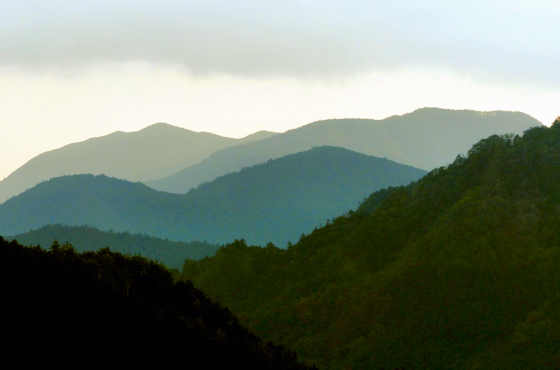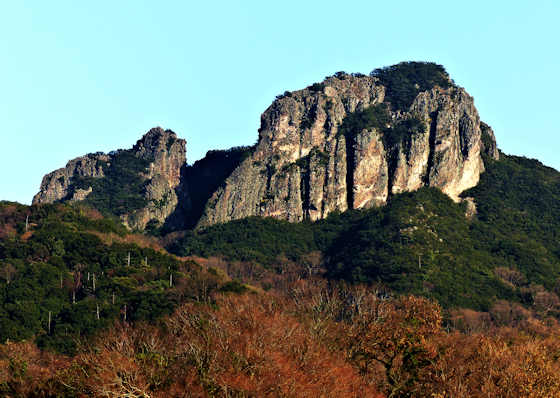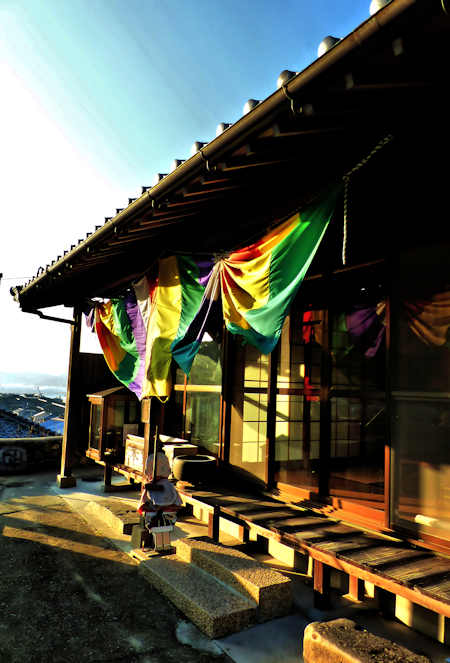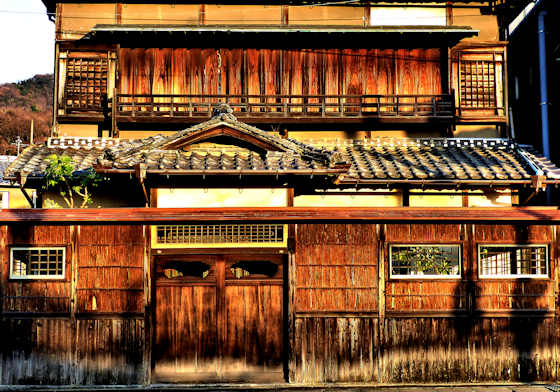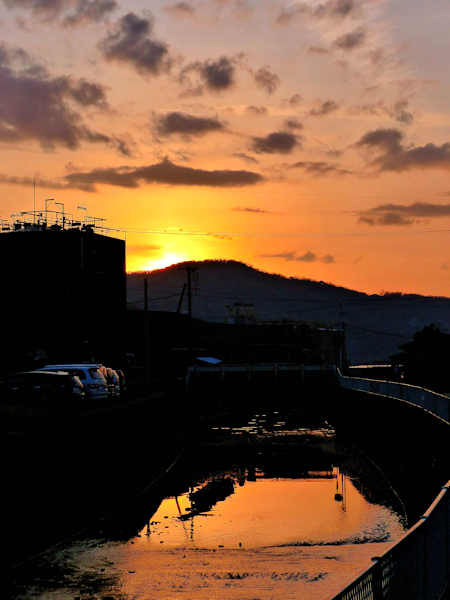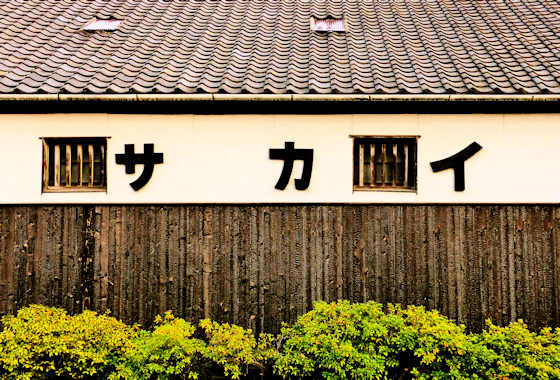Shufuan

Shufuan was built in 1781 as a residence by Hirose Gekka, a haiku poet and member of the wealthy, local merchant family of Hirose.

In the early 10th century it became part of a private academy started by his nephew, Hirose Tanso.

The school grew and was named Kangien, kangi means "everything is fine"
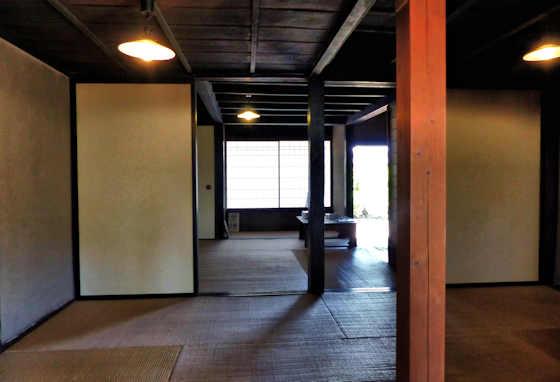
By the time it closed in 1897, about 5,000 students from all over Japan had passed through the school, making it the private school of the period.

Kangien was also known for accepting students from all classes, not just samurai, and possibly even some females. Another school of the time famous for accepting all classes of student is the Shizutani School in Okayama.

Shufuan is one of two buildings from the school that are still remaining. Both are free to enter and explore.. The other building, Tanso's favorite study Enshiro, I will post next.

Shufuan is unusual in having a usable second floor. Also at the site is a small museum about Hirose Tanso and Kangien. Everything is free to enter.

